Reptiles have conquered diverse habitats across our planet, from scorching deserts to tropical rainforests and murky swamps to vast oceans. This remarkable adaptability has led to the evolution of specialized physiological and behavioral traits that allow them to thrive in their respective environments. Land-dwelling reptiles and their aquatic counterparts represent two distinct evolutionary paths, each facing unique challenges that have shaped their biology in fascinating ways. Understanding these differences is crucial not only for herpetologists but also for pet owners, as proper care depends on recognizing and meeting these specialized needs. In this comprehensive guide, we’ll explore how terrestrial and aquatic reptiles differ in their environmental requirements, dietary preferences, reproductive strategies, and more.
Evolutionary Divergence: The Origins of Land and Water Adaptations
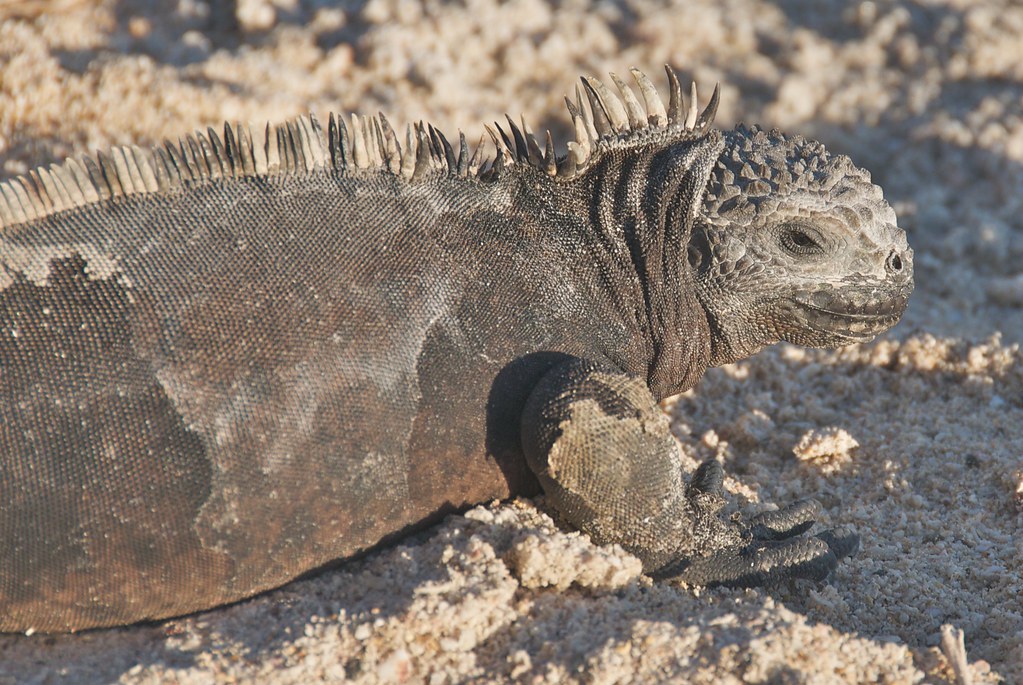
Reptiles first emerged approximately 320 million years ago, evolving from amphibian ancestors to become the first fully terrestrial vertebrates. This transition was marked by several key adaptations, including amniotic eggs with protective membranes, water-conserving skin, and more efficient respiratory and circulatory systems. As reptiles diversified, some lineages returned to aquatic environments, developing streamlined bodies, specialized limbs for swimming, and enhanced diving capabilities. The sea turtles, marine iguanas, saltwater crocodiles, and sea snakes we see today represent independent evolutionary returns to aquatic lifestyles, each developing unique adaptations while retaining their reptilian heritage. This evolutionary history helps explain the fundamental differences we observe between land and water reptiles, as each group has been shaped by millions of years of adaptation to their respective habitats.
Respiratory Adaptations: Breathing in Different Mediums
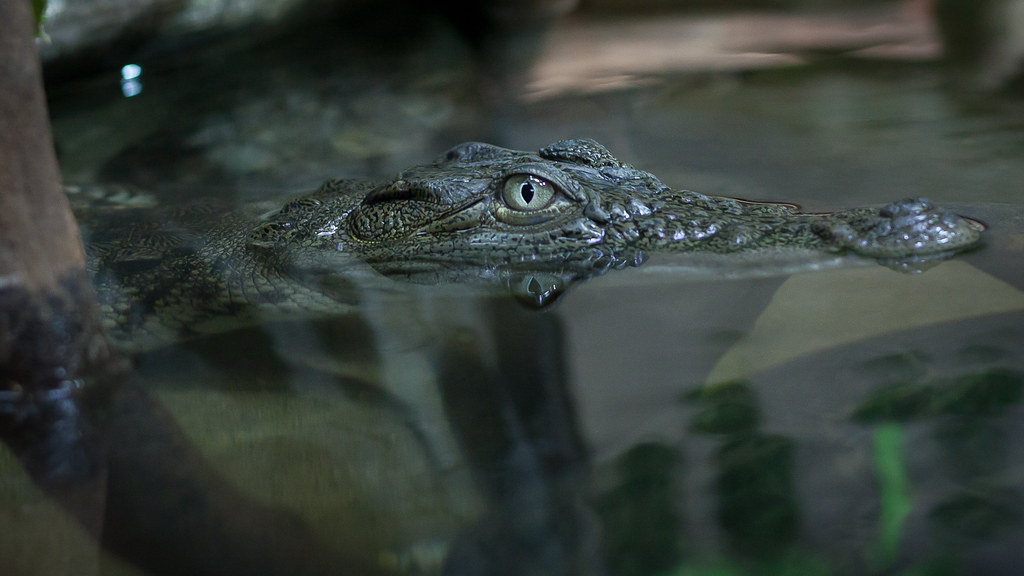
Respiratory systems represent one of the most significant physiological differences between land and aquatic reptiles. Terrestrial reptiles rely exclusively on lungs for gas exchange, with varying capacities and efficiencies depending on their activity levels and metabolic demands. In contrast, aquatic reptiles have evolved remarkable adaptations to maximize underwater breathing efficiency while still requiring access to air. Sea turtles, for instance, can slow their heart rates dramatically during dives, some species remaining submerged for hours by utilizing anaerobic respiration when oxygen stores deplete. Semi-aquatic reptiles like crocodilians possess specialized valve systems that prevent water from entering their lungs while submerged, along with the ability to redirect blood flow to optimize oxygen use. Perhaps most impressive are sea snakes, many of which can absorb up to 33% of their oxygen requirements directly through their skin while underwater, supplementing their lung breathing when they surface.
Hydration and Water Balance: Contrasting Needs
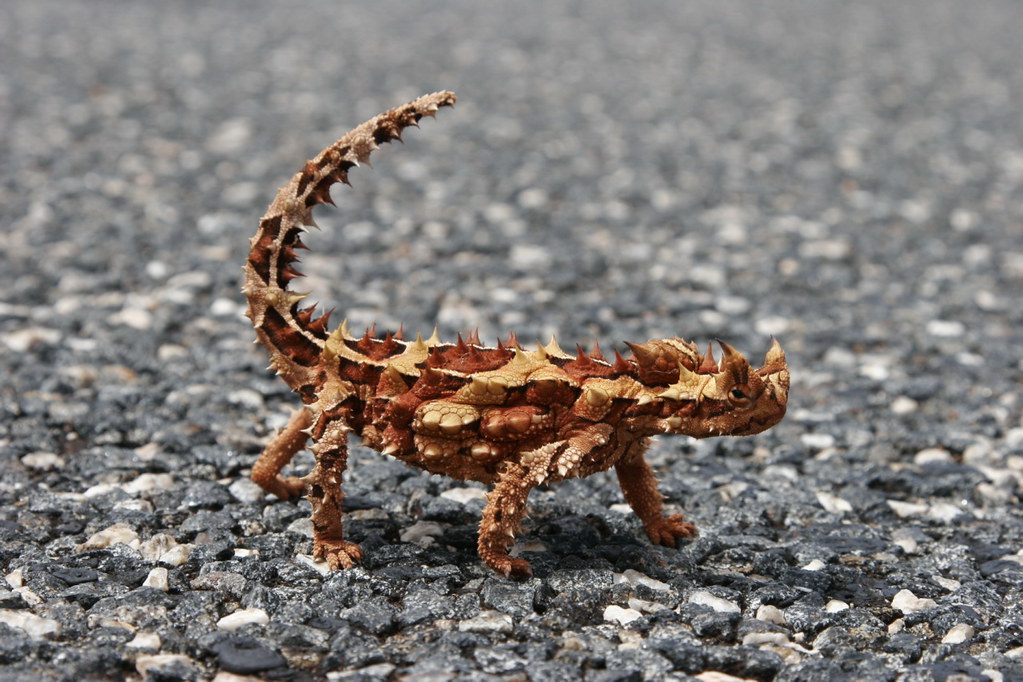
Water regulation presents opposite challenges for land and aquatic reptiles. Terrestrial species have evolved sophisticated mechanisms to conserve water in their often-arid environments, including specialized scales that reduce evaporative water loss, concentrated urine production, and behavioral adaptations like burrowing to escape heat. Desert species like the thorny devil can even collect moisture through capillary action on their skin, channeling dew or rainwater directly to their mouths. Conversely, aquatic reptiles face the challenge of salt balance, particularly those inhabiting marine environments. Sea turtles possess specialized salt glands near their eyes that concentrate and excrete excess salt, appearing as “tears” when they come ashore. Marine iguanas have similar salt-excreting glands that allow them to purge excess sodium by forcefully “sneezing” salt spray from their nostrils. These contrasting adaptations highlight how water—either its scarcity or abundance—has shaped reptilian physiology in profound ways.
Locomotion: Moving Through Different Mediums

The physical demands of movement differ dramatically between land and water, resulting in specialized locomotor adaptations. Terrestrial reptiles typically have limbs positioned to elevate their bodies, with sturdy claws for traction on various substrates; even limbless species like snakes have developed specialized scales (scutes) that grip terrain as their bodies move in lateral undulations or rectilinear progression. Aquatic reptiles display modifications optimized for hydrodynamic efficiency, including streamlined bodies that minimize drag. Sea turtles have evolved paddle-like flippers that generate lift similar to bird wings, allowing them to “fly” through water with remarkable efficiency.
Sea snakes possess laterally compressed bodies and paddle-shaped tails that enhance swimming performance while sacrificing terrestrial mobility. Semi-aquatic species like crocodilians represent an interesting middle ground, with powerful tails for swimming propulsion while maintaining the ability to move effectively on land, albeit with a distinctive gait that reflects their dual-habitat adaptation.
Thermoregulation Strategies: Maintaining Optimal Body Temperature

All reptiles are ectothermic, relying primarily on external heat sources to regulate body temperature, but land and aquatic species face different thermoregulatory challenges. Terrestrial reptiles often employ behavioral thermoregulation, basking in sunlight to warm up and retreating to shade or burrows to cool down, creating a daily rhythm of temperature regulation. Many species have evolved specialized behaviors like posture adjustments that maximize or minimize sun exposure based on their thermal needs. Aquatic reptiles, however, must contend with water’s high specific heat capacity and thermal conductivity, which draws body heat away much faster than air.
Marine species like leatherback sea turtles have evolved countercurrent heat exchange systems and specialized fatty tissues that provide insulation, allowing them to maintain core temperatures several degrees above ambient water temperature. Some aquatic reptiles, particularly those in temperate regions, may still engage in basking behavior, emerging onto shorelines or floating at the water’s surface to absorb solar radiation before returning to their aquatic habitat.
Feeding Adaptations: Specialized Diets and Hunting Techniques
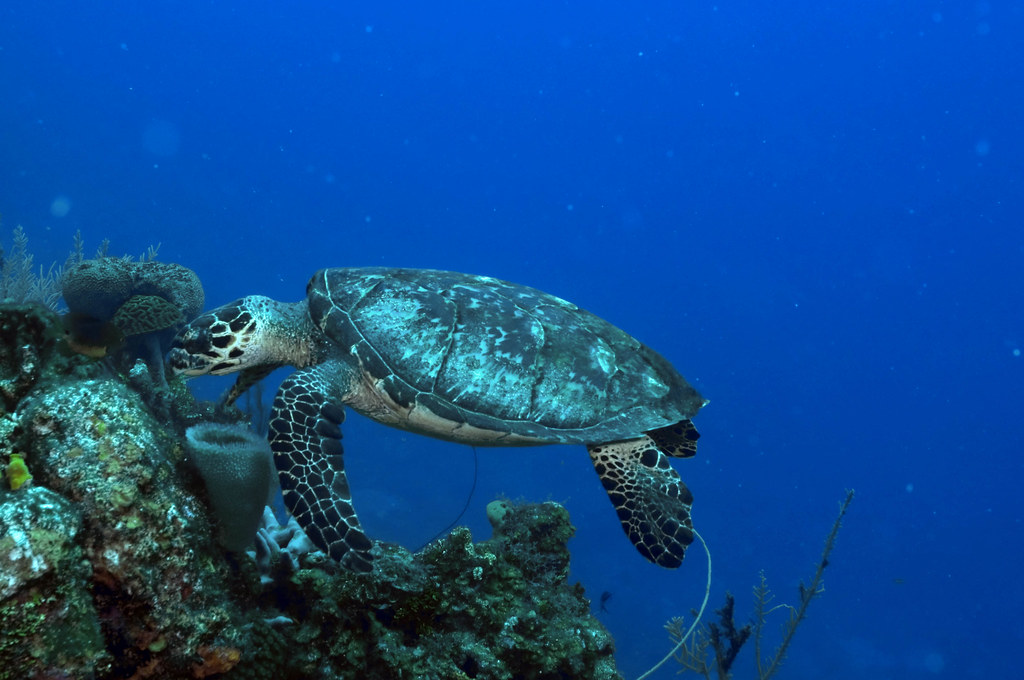
Feeding strategies and digestive adaptations vary significantly between land and aquatic reptiles. Terrestrial species have evolved diverse feeding mechanisms from the high-precision strikes of ambush predators like vipers to the grazing adaptations of herbivorous tortoises with their serrated jaws for cutting vegetation. Their prey capture typically relies on visual acuity, chemosensory abilities through specialized tongue flicking, or vibration detection. Aquatic reptiles have developed entirely different feeding specializations, such as the pressure-sensitive receptors that allow crocodilians to detect movement in murky waters.
Sea turtles display remarkable dietary specialization, with some species possessing papillae in their throats to trap and expel water while retaining jellyfish prey, while others have crushing plates for shellfish instead of teeth. Marine iguanas have evolved specialized blunt snouts and sharp teeth for scraping algae from rocks underwater, along with efficient salt excretion systems to process their salty meals. These feeding adaptations represent solutions to the fundamental differences between finding, capturing, and processing food in aquatic versus terrestrial environments.
Reproductive Strategies: Ensuring Offspring Survival
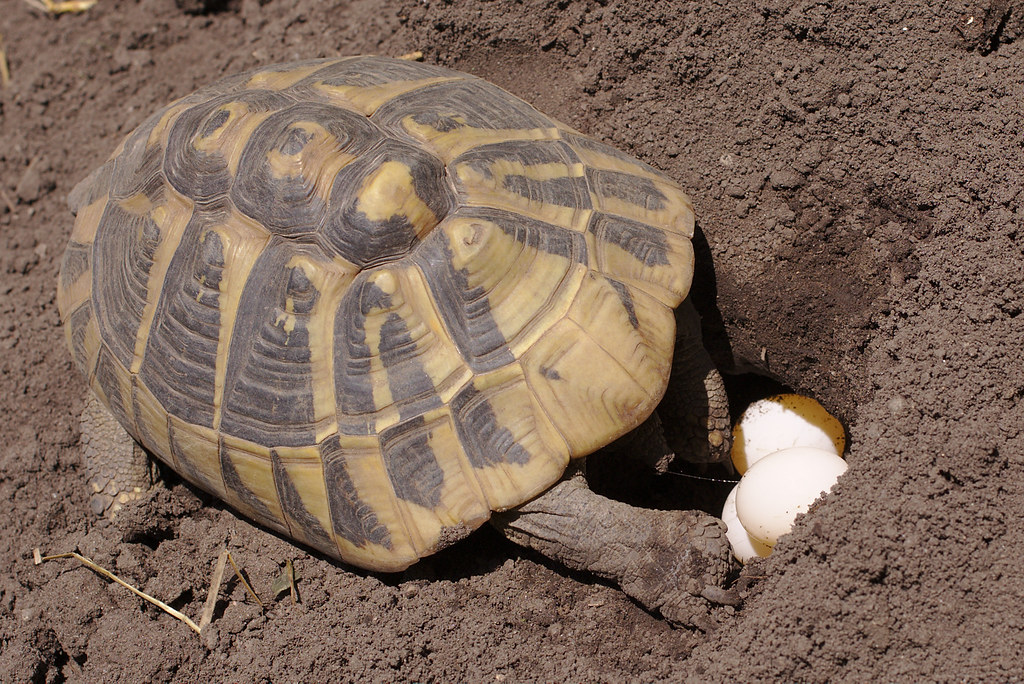
Reproduction presents unique challenges for both land and aquatic reptiles, with each group evolving distinct strategies to ensure offspring survival. Most terrestrial reptiles lay their eggs in carefully selected terrestrial nests, often burying them in substrate that provides optimal temperature and humidity for embryonic development. Desert species may delay egg-laying until environmental conditions are favorable, while forest dwellers might select specialized microhabitats like rotting logs. Aquatic reptiles face the paradox of being air-breathers that live in water yet generally requiring land for reproduction.
Sea turtles undertake remarkable nesting migrations, with females returning to their natal beaches to dig nests above the high tide line, sometimes traveling thousands of miles between feeding and nesting grounds. Sea snakes represent an exception, with most species retaining eggs internally and giving birth to live young directly in the water, bypassing the vulnerable egg stage entirely. This viviparity (live birth) provides immediate swimming ability and predator avoidance for offspring in their aquatic environment.
Sensory Systems: Perceiving Different Worlds
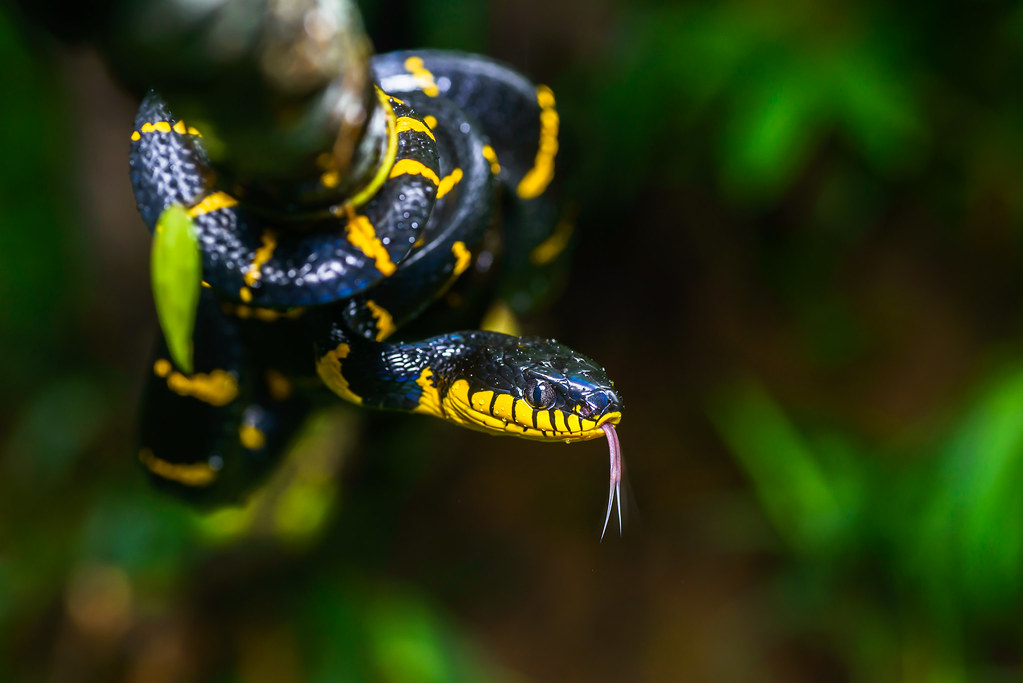
The sensory adaptations of reptiles reflect the distinct perceptual challenges of their respective environments. Terrestrial reptiles often have well-developed vision, with many species possessing color perception and specialized adaptations like the pit organs of vipers that detect infrared radiation from warm-blooded prey. Their hearing typically focuses on low-frequency sounds transmitted through ground vibrations, while their chemosensory systems allow them to “taste” the air through tongue-flicking. Aquatic reptiles have evolved sensory specializations suited to underwater perception, including pressure-sensitive receptors that detect subtle water movements caused by potential prey or predators.
Sea turtles possess magnetoreception abilities that aid in their remarkable oceanic navigation during migration, potentially detecting Earth’s magnetic field through specialized crystals in their brains. Particularly fascinating are the specialized facial sensory organs of crocodilians called dome pressure receptors or integumentary sense organs, which can detect minuscule pressure changes in water, allowing them to locate prey even in complete darkness.
Skin and Scale Adaptations: Protection in Different Elements
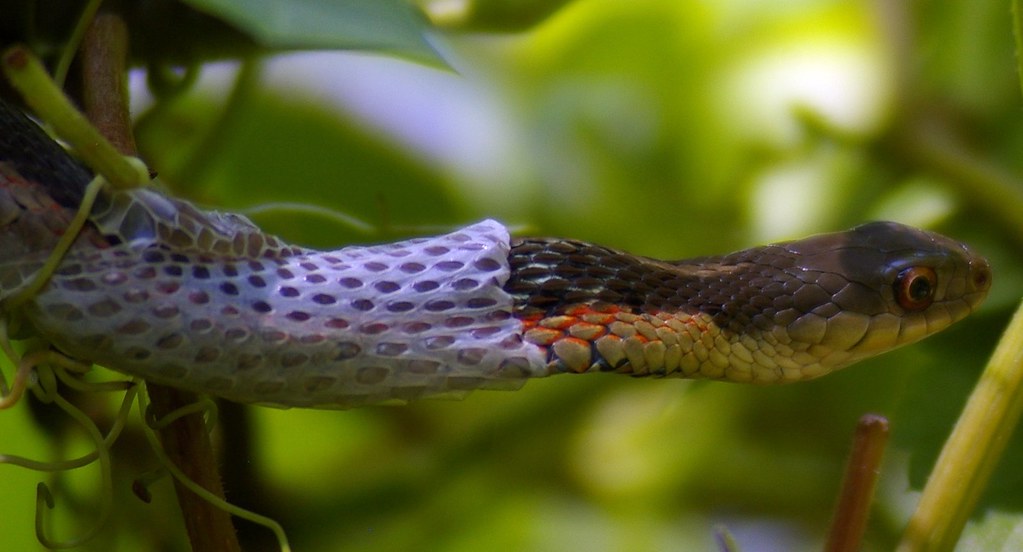
The integumentary system of reptiles shows marked adaptations to their respective environments. Terrestrial reptiles typically have thicker, more keratinized scales that reduce water loss through evaporation, with desert species often featuring overlapping scales that create an effective moisture barrier. Many land reptiles undergo periodic ecdysis (shedding), replacing their entire outer skin layer to accommodate growth and repair damage. Aquatic reptiles generally have smoother, less prominent scales that reduce drag while swimming, with some sea snakes having evolved scale shapes that enhance their hydrodynamic efficiency.
The skin of aquatic reptiles often contains specialized mucous glands that reduce friction in water and may provide some protection against parasites and growth of algae. Particularly remarkable are the carapaces of sea turtles, which have evolved to be lighter and more hydrodynamic than their terrestrial counterparts, with reduced ossification in some species that decreases weight without sacrificing protection against ocean predators.
Captive Care Considerations: Environmental Setup
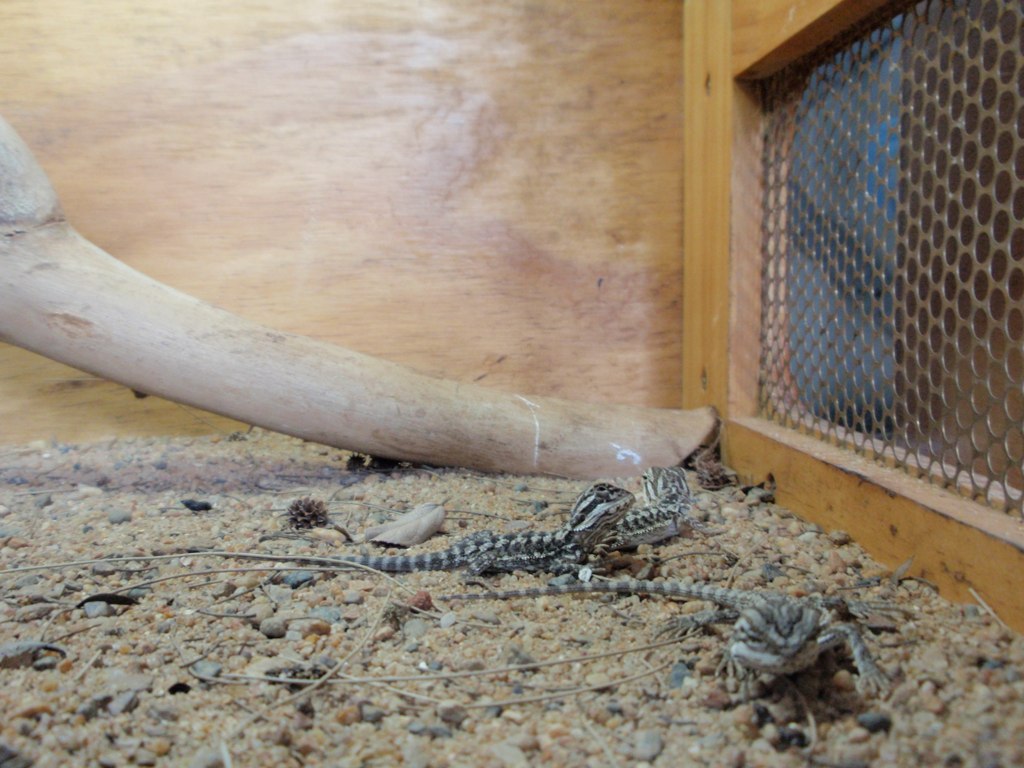
Creating appropriate habitats for captive reptiles requires understanding the fundamental differences between land and aquatic species’ needs. Terrestrial reptiles generally require enclosures with appropriate substrate depth for burrowing, climbing structures for arboreal species, and carefully managed temperature gradients with distinct basking spots. Humidity control is crucial, with desert species requiring dry conditions while tropical reptiles need higher moisture levels, often maintained through misting systems or moisture-retaining substrates.
Aquatic reptiles demand more complex setups with filtered water systems, appropriate water chemistry maintenance, and specific water-to-land ratios depending on the species’ natural behavior. Water temperature regulation presents a particular challenge, often requiring specialized chillers for coldwater species or precisely calibrated heaters for tropical aquatic reptiles. Semi-aquatic species like many turtles and crocodilians need carefully designed environments with secure basking platforms positioned under proper UVB lighting, gentle water slopes for easy access, and water depths that allow natural swimming behaviors while ensuring they can safely surface for air.
Health Concerns: Different Susceptibilities and Diseases
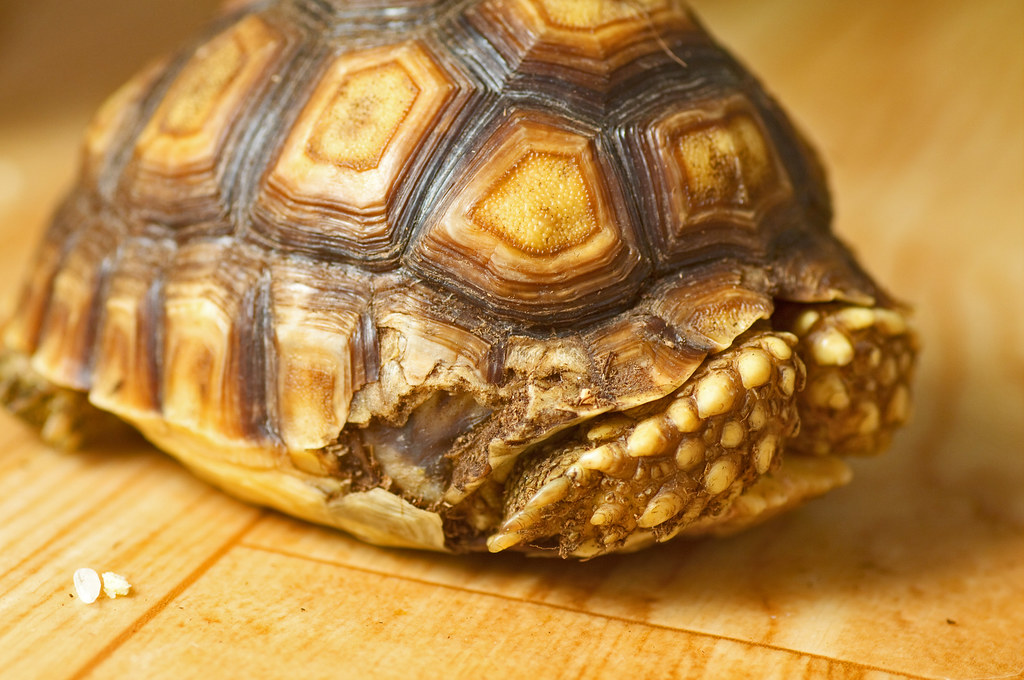
The health vulnerabilities of land and aquatic reptiles reflect their environmental adaptations and present distinct challenges for veterinary care. Terrestrial reptiles commonly suffer from dehydration, metabolic bone disease due to improper UVB exposure, and respiratory infections often linked to incorrect humidity levels. Parasitic infestations, particularly mites and ticks, represent a significant concern for land-dwelling species, requiring specialized treatment protocols.
Aquatic reptiles face an entirely different disease profile, with shell rot and fungal infections being particularly problematic due to constant water exposure, especially in suboptimal water conditions. They’re also susceptible to pneumonia if maintained in overly cold environments without adequate basking opportunities, as their immune systems function optimally within specific temperature ranges. Water quality issues can lead to eye infections and skin problems unique to aquatic species, while bacterial infections can spread rapidly through water. For both groups, stress-related immunosuppression remains a significant concern, though the environmental factors triggering stress differ dramatically between terrestrial and aquatic reptiles.
Conservation Challenges: Threats to Survival in Different Habitats
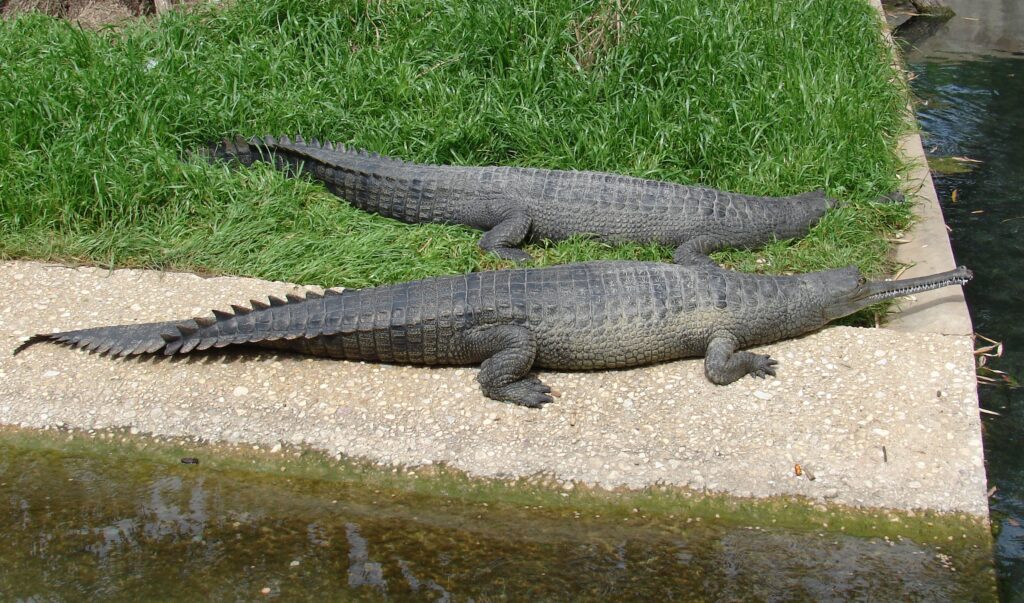
Land and aquatic reptiles face distinct conservation challenges related to their habitats and life histories. Terrestrial reptiles are primarily threatened by habitat destruction through urbanization, agricultural expansion, and resource extraction, which fragments populations and destroys crucial microhabitats. Climate change poses particular risks to species with temperature-dependent sex determination, potentially skewing sex ratios as global temperatures rise. Aquatic reptiles face these pressures plus additional threats unique to marine and freshwater environments, including water pollution, fisheries bycatch, and plastic ingestion.
Sea turtles mistake floating plastic for jellyfish, often with fatal consequences, while boat strikes represent a significant mortality source for many aquatic reptiles. Both groups suffer from illegal collection for the pet trade, though different species are targeted based on market demands and accessibility. Conservation strategies must address these habitat-specific threats, with terrestrial conservation focusing on habitat connectivity and protected area networks, while aquatic species protection requires international cooperation on marine governance, fishing practice reform, and pollution control.
Evolutionary Success: Adaptability Across Environments
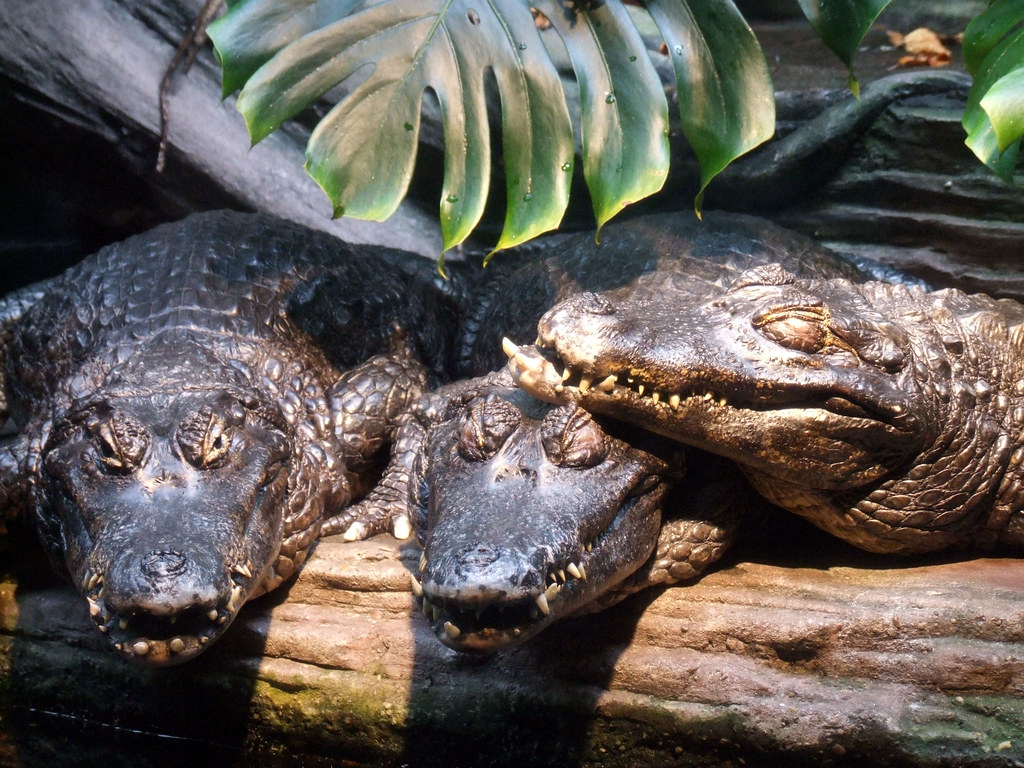
The remarkable evolutionary success of reptiles in both terrestrial and aquatic environments demonstrates their exceptional adaptability as a taxonomic group. Reptiles have survived multiple mass extinction events, including the Permian-Triassic extinction that eliminated approximately 95% of marine species and 70% of terrestrial vertebrates. Their ability to occupy ecological niches ranging from desert extremes to deep ocean habitats showcases the versatility of the reptilian body plan and physiology. Land reptiles have developed specialized adaptations that allow them to thrive in environments too dry for amphibians, including efficient water conservation mechanisms and amniotic eggs that prevent desiccation.
Aquatic reptiles represent successful secondary returns to water, having evolved from terrestrial ancestors and developed hydrodynamic body forms, specialized vision, and diving adaptations while retaining their reptilian heritage. This evolutionary plasticity continues today, with some species showing rapid adaptation to human-modified environments, demonstrating that despite their ancient origins, reptiles remain remarkably responsive to environmental change, occupying crucial ecological roles across virtually every habitat type on Earth.
The striking differences between land and aquatic reptiles reflect millions of years of evolutionary adaptation to the unique challenges of their respective environments. From breathing mechanisms and hydration strategies to locomotion, feeding, and reproduction, these animals have developed specialized solutions that optimize their survival in dramatically different conditions. For reptile enthusiasts and pet owners, understanding these fundamental differences is essential for providing appropriate care. Whether creating a desert vivarium for a bearded dragon or a complex aquatic habitat for a red-eared slider, success depends on recognizing and accommodating the specific adaptations that make these remarkable creatures masters of their domains. As we continue to learn more about reptilian biology, we gain not only practical knowledge for captive care but also deeper appreciation for the incredible evolutionary journey that has allowed reptiles to thrive across such diverse environments on our planet.




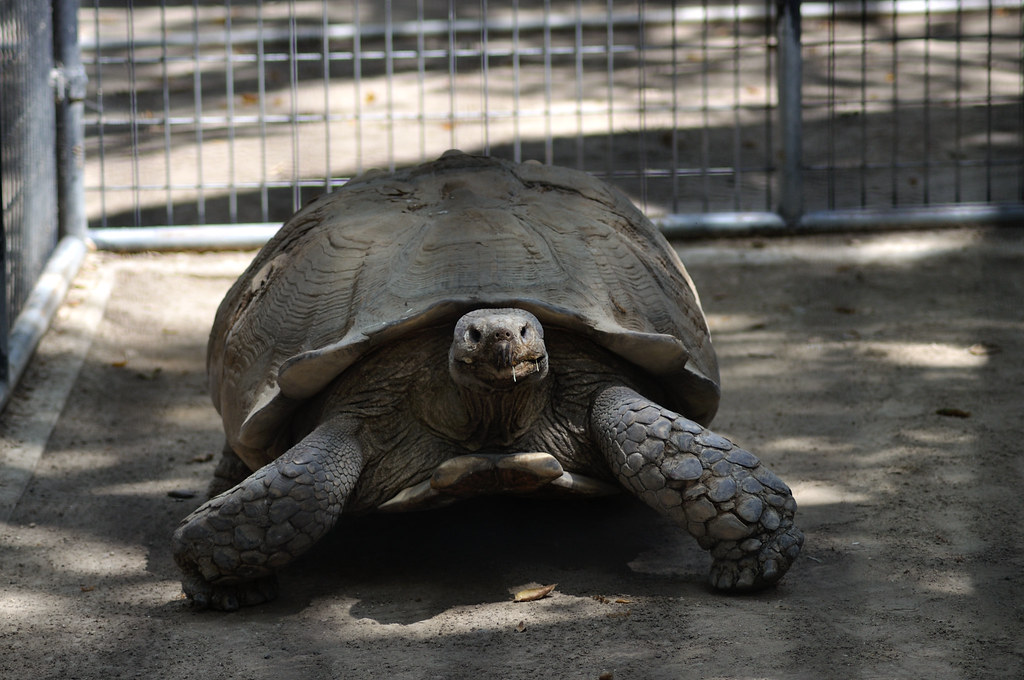
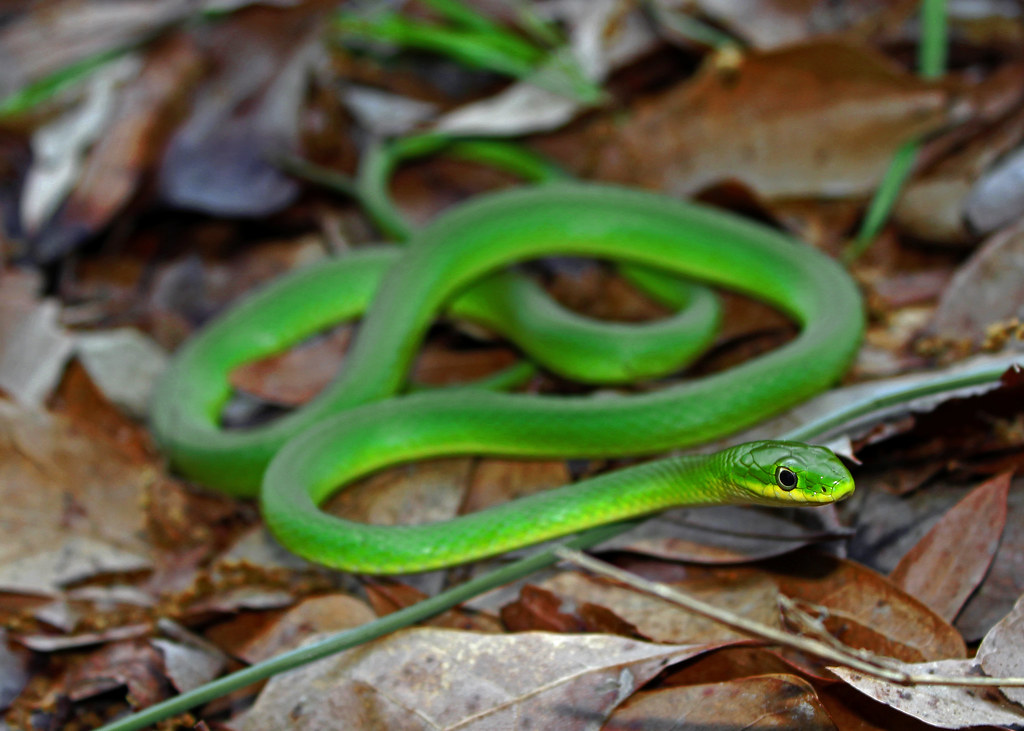
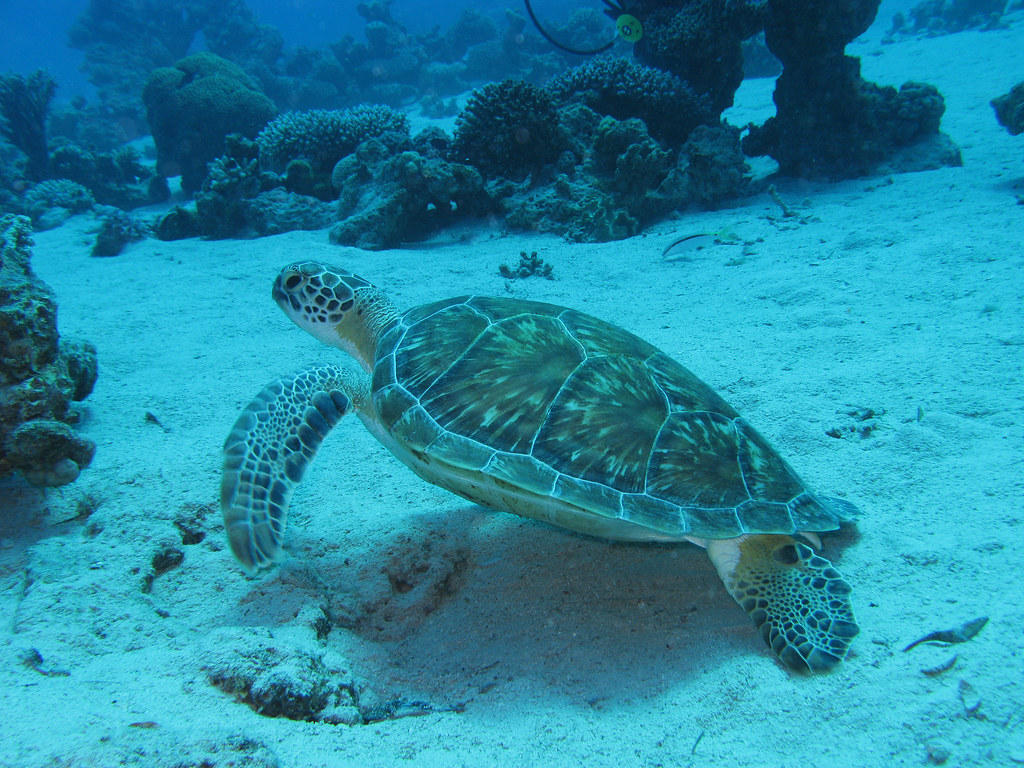
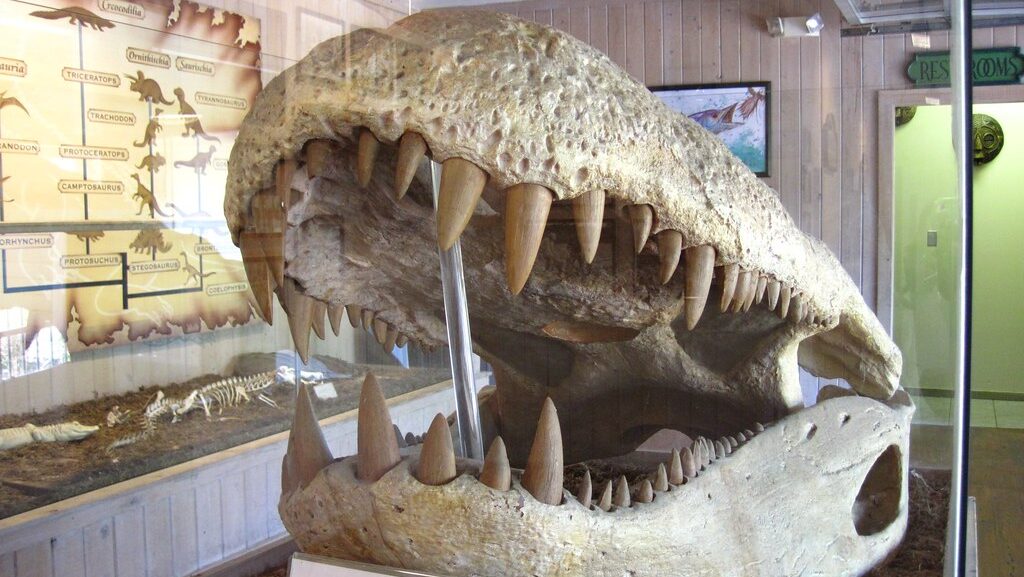
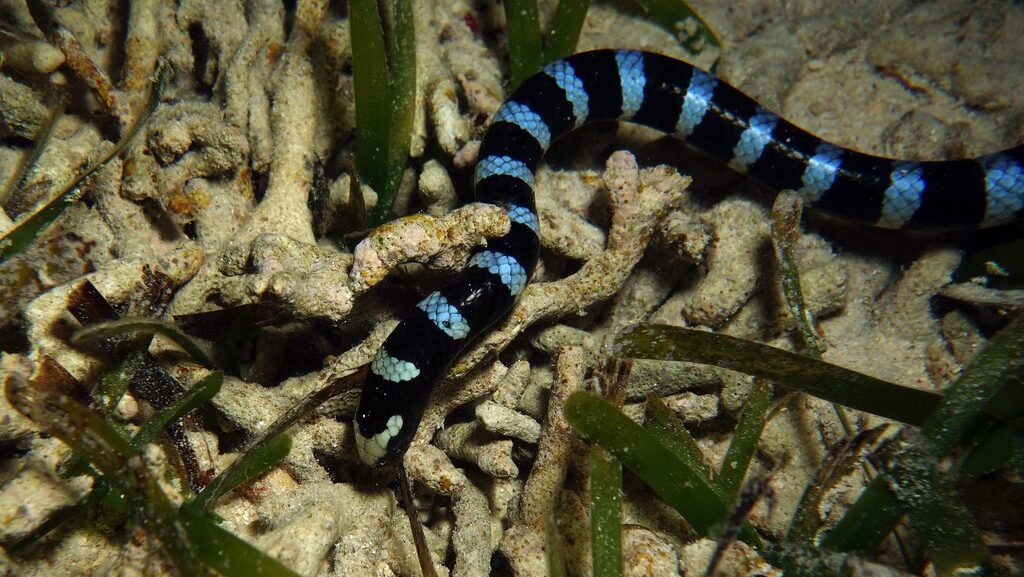
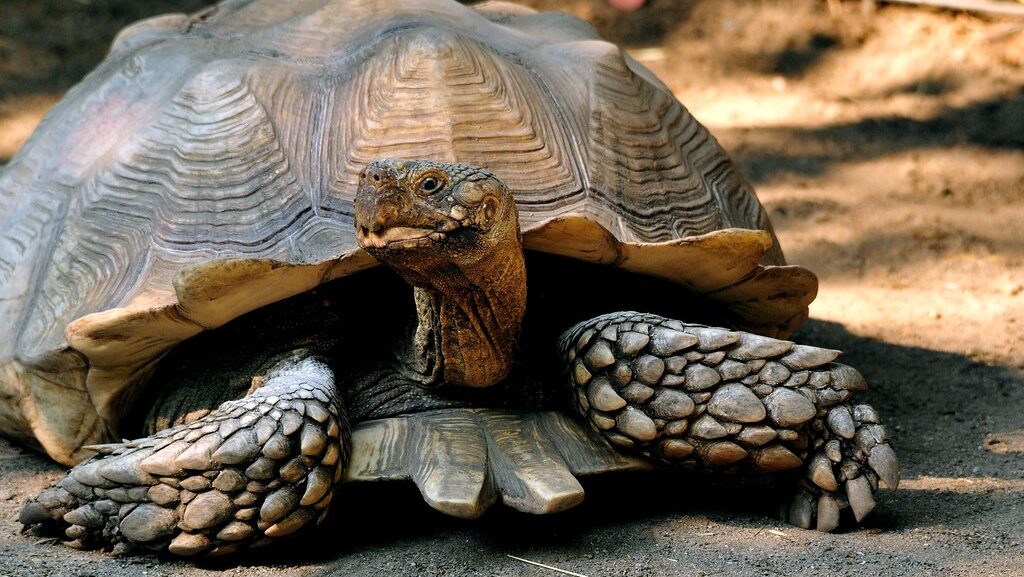
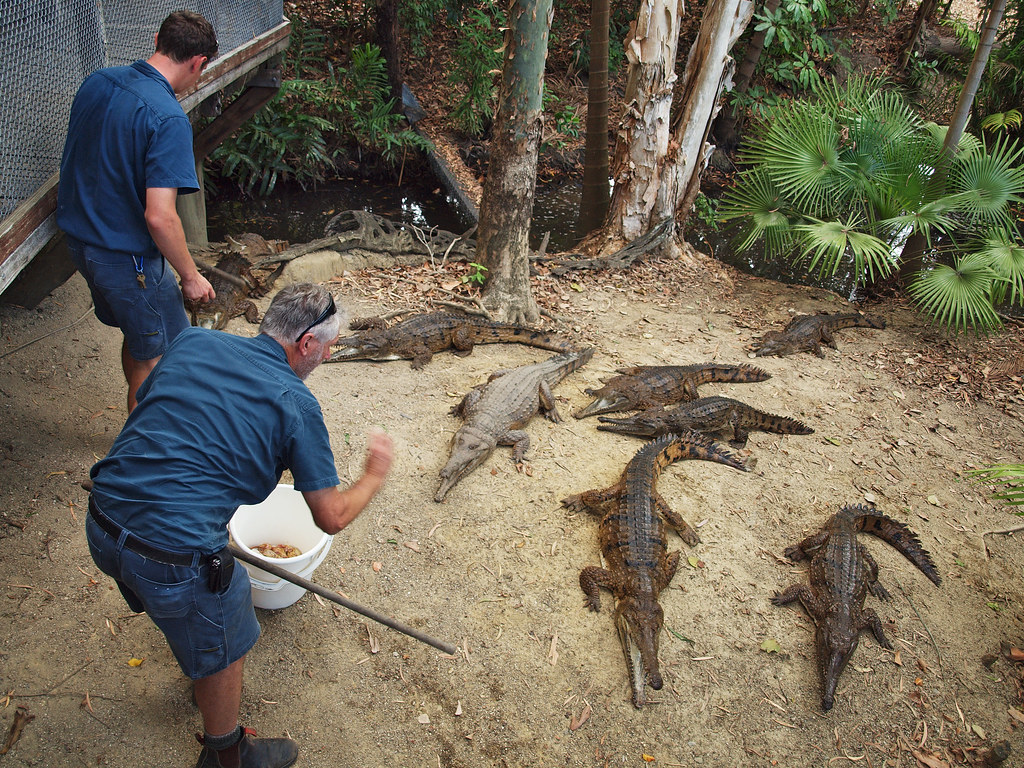



Leave a Reply